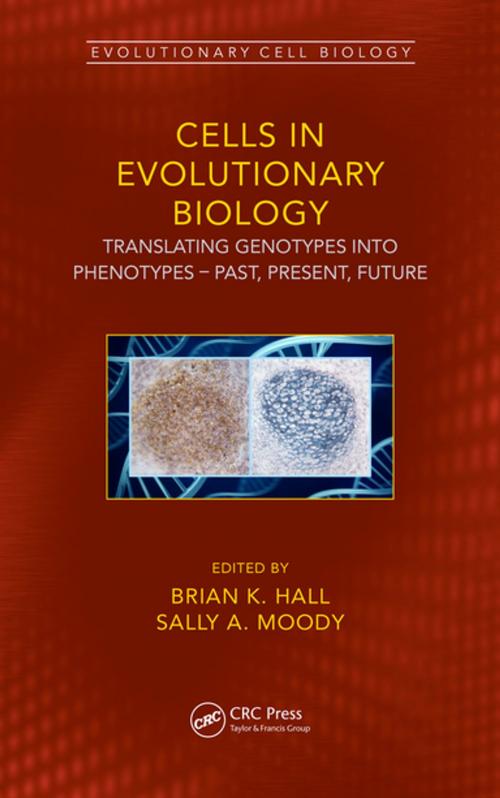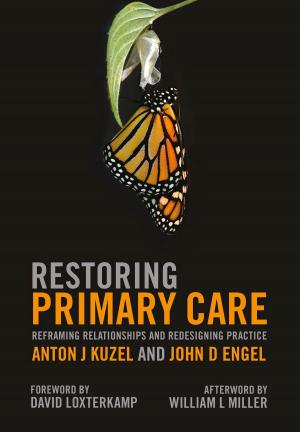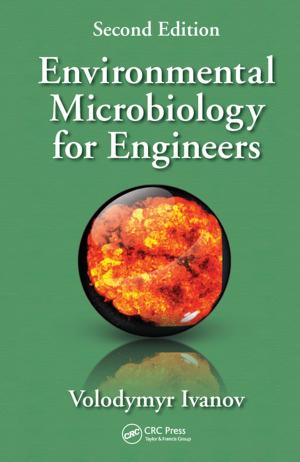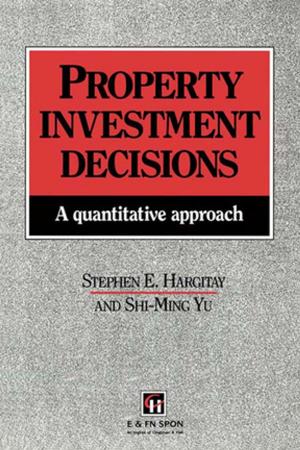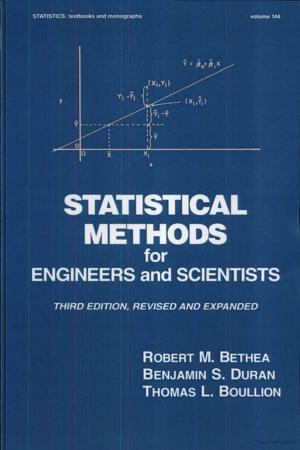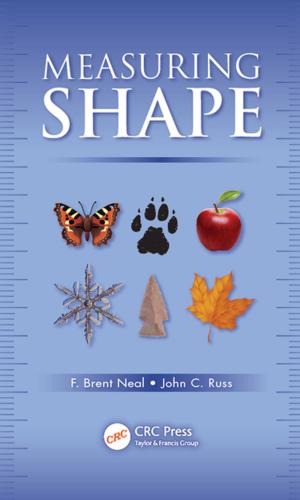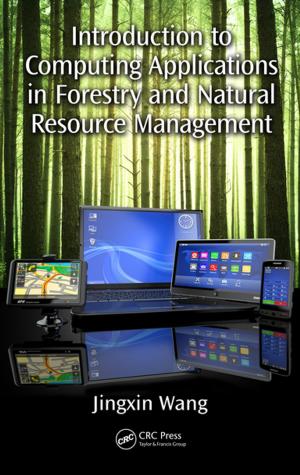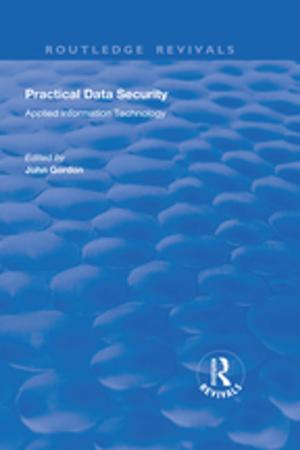Cells in Evolutionary Biology
Translating Genotypes into Phenotypes - Past, Present, Future
Nonfiction, Science & Nature, Science, Biological Sciences, Cytology, Evolution, Nature, Animals| Author: | ISBN: | 9781351652025 | |
| Publisher: | CRC Press | Publication: | June 12, 2018 |
| Imprint: | CRC Press | Language: | English |
| Author: | |
| ISBN: | 9781351652025 |
| Publisher: | CRC Press |
| Publication: | June 12, 2018 |
| Imprint: | CRC Press |
| Language: | English |
This book is the first in a projected series on Evolutionary Cell Biology, the intent of which is to demonstrate the essential role of cellular mechanisms in transforming the genotype into the phenotype by transforming gene activity into evolutionary change in morphology. This book —Cells in Evolutionary Biology — evaluates the evolution of cells themselves and the role cells have been viewed to play as agents of change at other levels of biological organization. Chapters explore Darwin’s use of cells in his theory of evolution and how Weismann’s theory of the separation of germ plasm from body cells brought cells to center stage in understanding how acquired changes to cells within generations are not passed on to future generations.
Chapter 7 of this book is freely available as a downloadable Open Access PDF under a Creative Commons Attribution-Non Commercial-No Derivatives 3.0 license. https://s3-us-west-2.amazonaws.com/tandfbis/rt-files/docs/Open+Access+Chapters/9781315155968_oachapter7.pdf
This book is the first in a projected series on Evolutionary Cell Biology, the intent of which is to demonstrate the essential role of cellular mechanisms in transforming the genotype into the phenotype by transforming gene activity into evolutionary change in morphology. This book —Cells in Evolutionary Biology — evaluates the evolution of cells themselves and the role cells have been viewed to play as agents of change at other levels of biological organization. Chapters explore Darwin’s use of cells in his theory of evolution and how Weismann’s theory of the separation of germ plasm from body cells brought cells to center stage in understanding how acquired changes to cells within generations are not passed on to future generations.
Chapter 7 of this book is freely available as a downloadable Open Access PDF under a Creative Commons Attribution-Non Commercial-No Derivatives 3.0 license. https://s3-us-west-2.amazonaws.com/tandfbis/rt-files/docs/Open+Access+Chapters/9781315155968_oachapter7.pdf
